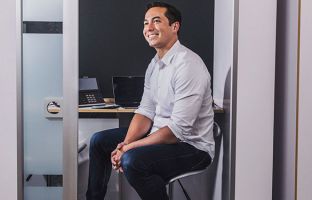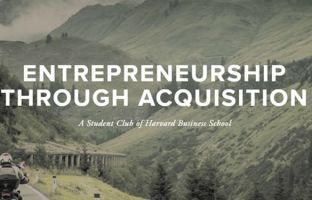We recently chose new names for our music startup and product. Music+1 is now Sonation, Inc. Our app, previously also called Music+1, is now sona:Cadenza. And we’ve just made a new intro video featuring the app logo with footage from the Harvard Deans’ Cultural Entrepreneurship Challenge.
I approached the naming process eagerly at the beginning, since as an amateur writer I enjoy picking names for fictional characters and places. But there were rules to follow, as my cofounder pointed out when the three of us began brainstorming in June. The process turned out to be quite drawn-out and elusive.
Mulling over the above rule was always the last check on whether a name passed or failed. We didn’t want a run-of-the-mill name that simply told people we were related to music. Whatever names we picked had to be imbued with musical character, expressiveness, and an invitation to experience something beautiful of one’s own making.
We almost settled on Sonoloft for the company name, since it was related to sound and invoked an aspirational feel (or maybe not, in retrospect). But I couldn’t help but associate it with the image of a white-walled IKEA-furnished lounge, so it failed.
Finally, in early July we sat down for two hours one morning in the i-lab with no other distractions, determined to settle the name issue and be done with it. We revisited numerous sound-related Wikipedia articles and music glossaries. At some point we started discussing birds that were known for song. That led us to an article about birdsong where one term, mentioned almost as an afterthought, caught our eye: “sonation.”
Even before we looked up the definition, it sounded right. Its meaning made it even better. Sonation is the sound produced by birds not through their voice, but from other structures like the wings, tail, feet, feathers, or by use of tools. Our company is about supporting people as they make music, providing the accompanying sounds to their solo part. Ornithologists might roll their eyes, but the name fits.
To tie the names of the company and product together, we chose “sona” as a prefix for our first app (which serves classical musicians) and other apps to follow. The second half of the name, “Cadenza,” refers to an important passage in a concerto where the soloist shines, displaying their virtuosity in free time (flexible tempo) while the orchestra waits and listens.
Almost ten years ago in college, I entered two concerto competitions with the Schumann piano concerto. What I remembered most about that piece was the cadenza. It was intense and emotionally demanding. I couldn’t practice certain parts of it for more than a few minutes before my hands got tired. As the cadenza ended, I imagined the orchestra joining the solo part, tense and quiet in the buildup to a breathtaking finale.
I didn’t win either of the competitions. At that point, I gave up on my dream of ever playing a concerto with an orchestra. As an amateur musician, my chances were basically zero – and even for professionals, the opportunities are few and far between. It was sad and frustrating, to practice for months and love the music while knowing that I could never experience it fully.
A few months ago when I discovered Music+1, as it was previously called, I felt my dream was actually possible again – in a different form, with an adaptive orchestra recording instead of a live group. I was even more thrilled to join the founding team alongside the inventor, Christopher Raphael, and a software entrepreneur and musician, Paul Smith. We have new names and logos, a Mac app soon to launch, design for iPhone and iPad versions well under way, and demos at the Eastern Music Festival (this week), Interlochen and Tanglewood. While piano isn’t available on the app yet, I look forward to the day it is, so I can finally play that cadenza, joined by real orchestra sound that will be more than I’ve imagined.
Ann Chao, MBA 2013






